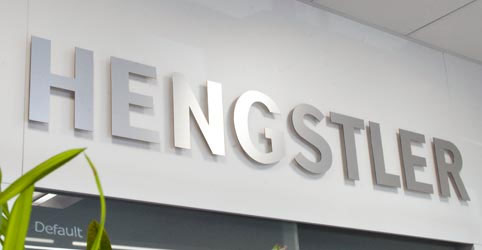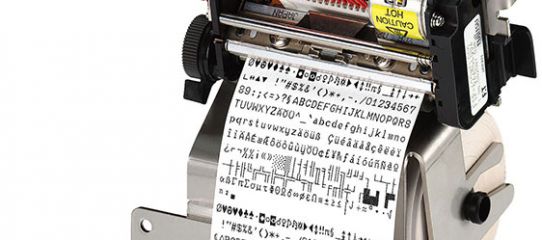
The most common resolutions for most applications are 203 dpi and 300 dpi. DPI or “Dots per Inch” is the measure of spatial printing dot density, the number of individual dots that can be placed in a line within the span of 1 inch (2.54 cm). DPI refers to the physical dot density of an image when it is reproduced as a real physical entity, for example when printed on paper. The more dots the image contains, the higher the quality of the print (more sharpness and detail). A higher dpi value results in a higher resolution. Typically, a 60 mm wide printer with a 203-dpi resolution which equates to 8 dots/mm and a print width of 56 mm would have 448 dots. In comparison to a printer with 300 dpi (12 dots/mm) and same print width would be at 672 dots. This simple math can be done for any resolution and print width.
Since the resolution is part of the amount of data that is being transmitted, it is important to consider this in conjunction with selecting the right printer interface. Print density also becomes important with other decisions that must be made in regard to operating voltage, current and print speed.

So, when would you choose 300 dpi over 203 dpi? We would recommend using 300 dpi if the printout needs to be of value or has a perceived intrinsic value. Primarily, anytime a printout is of value and where crisper printouts are needed, for example QR codes or Aztec barcodes. 203 dpi is enough for receipt printing or any application where the printout represents “no value”. In many instances a 300 dpi printhead delivers nearly the same throughput as a 203 dpi printhead with virtually the same print quality.
The HENGSTLER team is expert in matching printers to the application. Whether it’s gas pump receipts, bank statement printers, railway ticketing systems, kiosks, fire alarm systems, or just about anything else, we’ve seen it and can help locate and integrate the best-suited printer for the purpose needed. Moreover, we can support our customers effectively by offering tailor-made application projects. Contact us today with your application or challenge